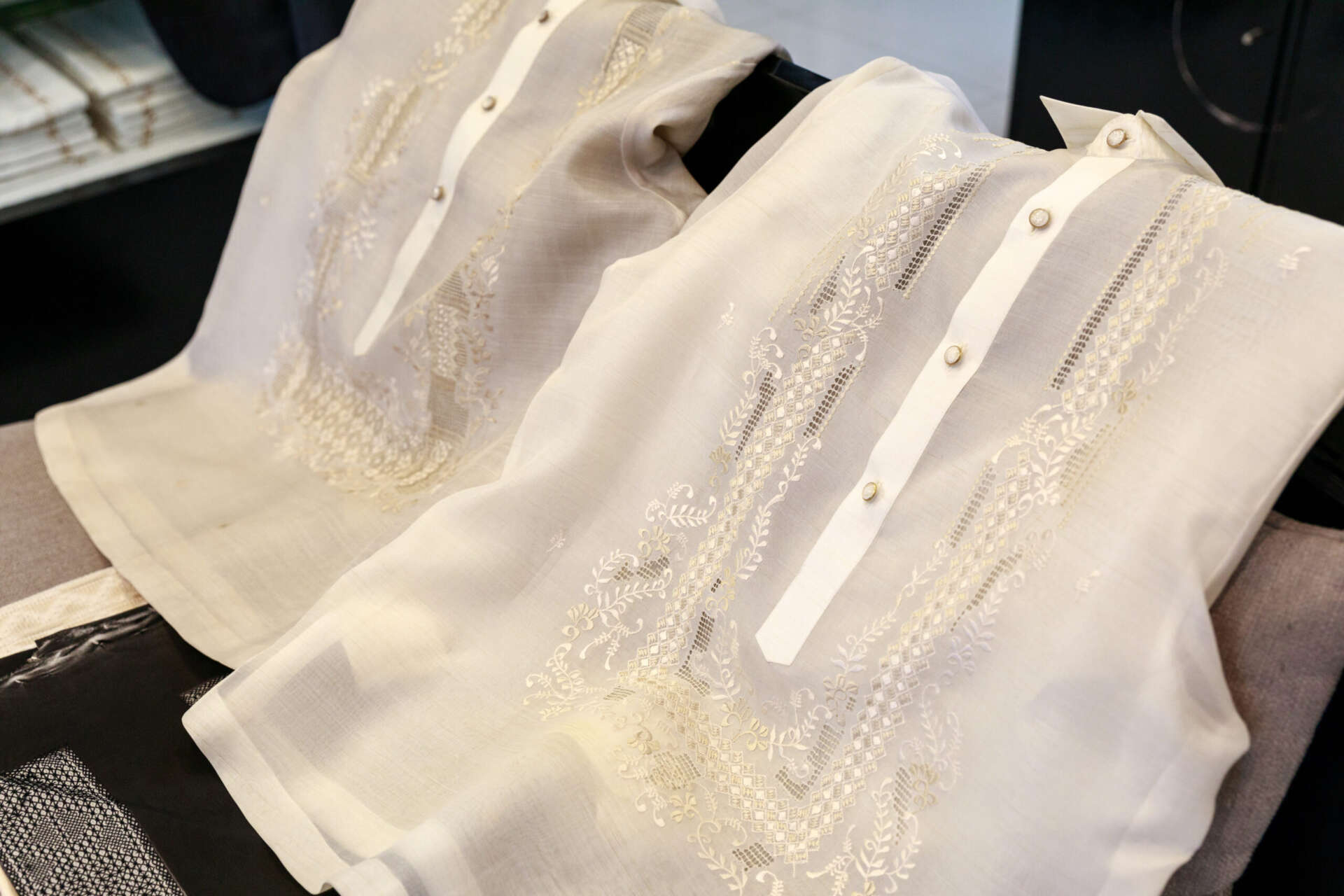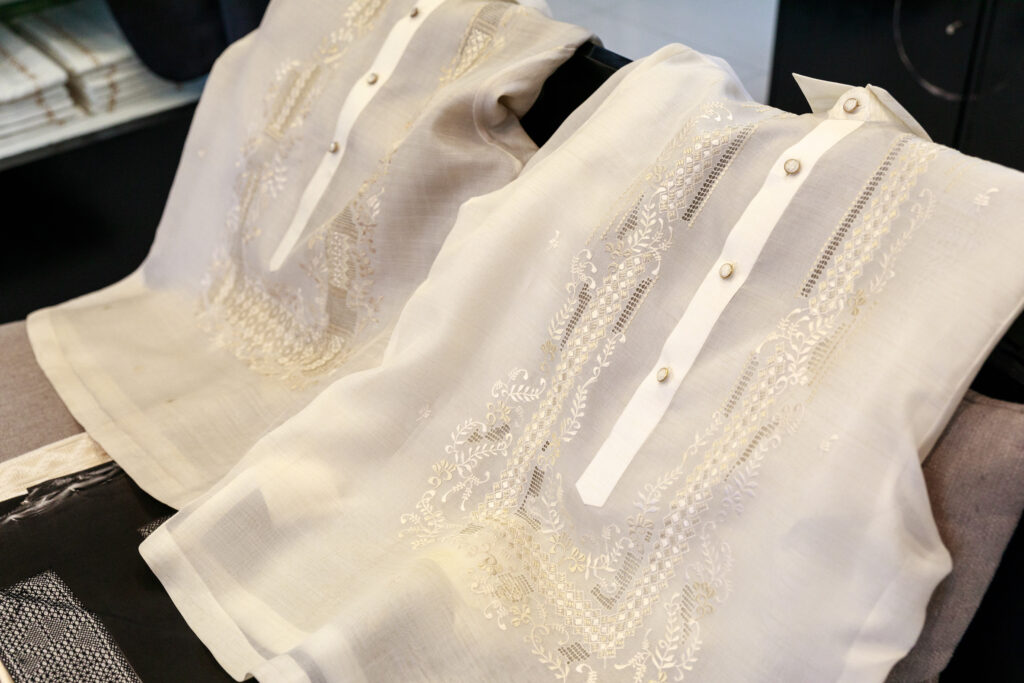Tag: fabric
Filipiniana Dress Modern to Traditional
Exploring the Diverse Types of Filipinianas Dress Modern to Traditional
The Filipiniana dress modern to traditional has a wide array of styles, with its enchanting allure and rich cultural heritage, which is a testament to the timeless beauty of Filipino fashion. Throughout history, this traditional ensemble has undergone various transformations, resulting in a plethora of captivating styles that capture the essence of the Philippines’ diverse regions and influences. Let’s embark on a journey through the enchanting world of Filipinianas and discover the different types that make this attire so special.
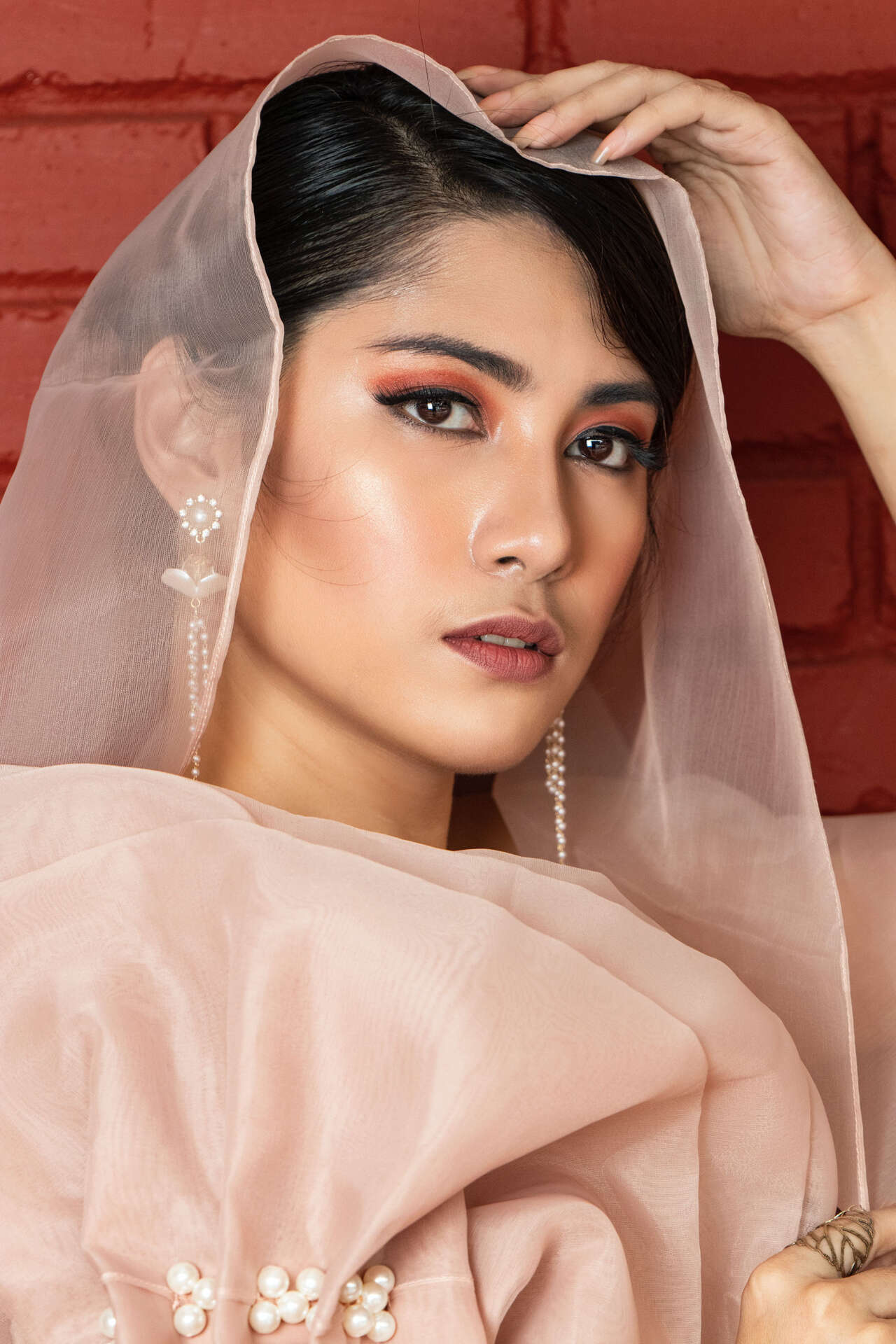
Terno: The Iconic Butterfly Sleeves
No discussion of Filipinianas is complete without mentioning the iconic terno. Known for its distinctive butterfly sleeves that gracefully extend from the shoulders, the terno is a symbol of elegance and sophistication. This type of Filipiniana has its origins in the Spanish colonial era but has evolved over time, showcasing various sleeve lengths, fabrics, and intricately embroidered patterns. The terno is often the attire of choice for formal events, weddings, and high-profile gatherings, representing the epitome of Filipino grace.
Maria Clara: A Nod to the Past
The Maria Clara Filipiniana, also referred to as “baro’t saya,” pays homage to the pre-colonial era. It comprises a baro (blouse) adorned with delicate embroidery and a saya (skirt) with intricate patterns. The Maria Clara ensemble reflects the fusion of native Filipino aesthetics with Spanish influences, creating a captivating and timeless look. This type of Filipiniana is often worn during cultural celebrations and traditional events, exuding a sense of historical charm.
Mestiza Dress: Filipiniana Dress Modern Fusion
The Mestiza Dress is a modern iteration of the Filipiniana, blending traditional elements with contemporary style. This type of Filipiniana often features a fusion of fabrics, combining indigenous materials like piña or jusi with modern textiles. The Mestiza Dress strikes a balance between elegance and comfort, making it suitable for both formal occasions and casual gatherings. With its versatility and adaptability, the Mestiza Dress has become a popular choice for modern Filipino women seeking to embrace their heritage.

Kimona and Patadyong: Visayan Heritage
The Visayan region of the Philippines boasts its unique Filipiniana styles. The Kimona, a loose-fitting blouse, is often paired with the Patadyong, a tube skirt characterized by its vibrant colors and intricate patterns. This combination showcases the vibrant and festive spirit of the Visayan culture, reflecting the region’s love for vibrant hues and elaborate embroidery. The Kimona and Patadyong are commonly worn during local festivals and cultural events, presenting a beautiful fusion of tradition and celebration.
Mindanao-inspired Malong Dress
From the island of Mindanao comes the Malong Dress, which embraces the versatile malong fabric. The malong is a tubular cloth with bold and vivid patterns, traditionally used by various ethnic groups in Mindanao. The Malong Dress creatively transforms this fabric into a chic and stylish ensemble, offering a unique and eye-catching twist on the classic Filipiniana. With its comfortable and flowing design, the Malong Dress celebrates the beauty of Mindanao’s cultural heritage.
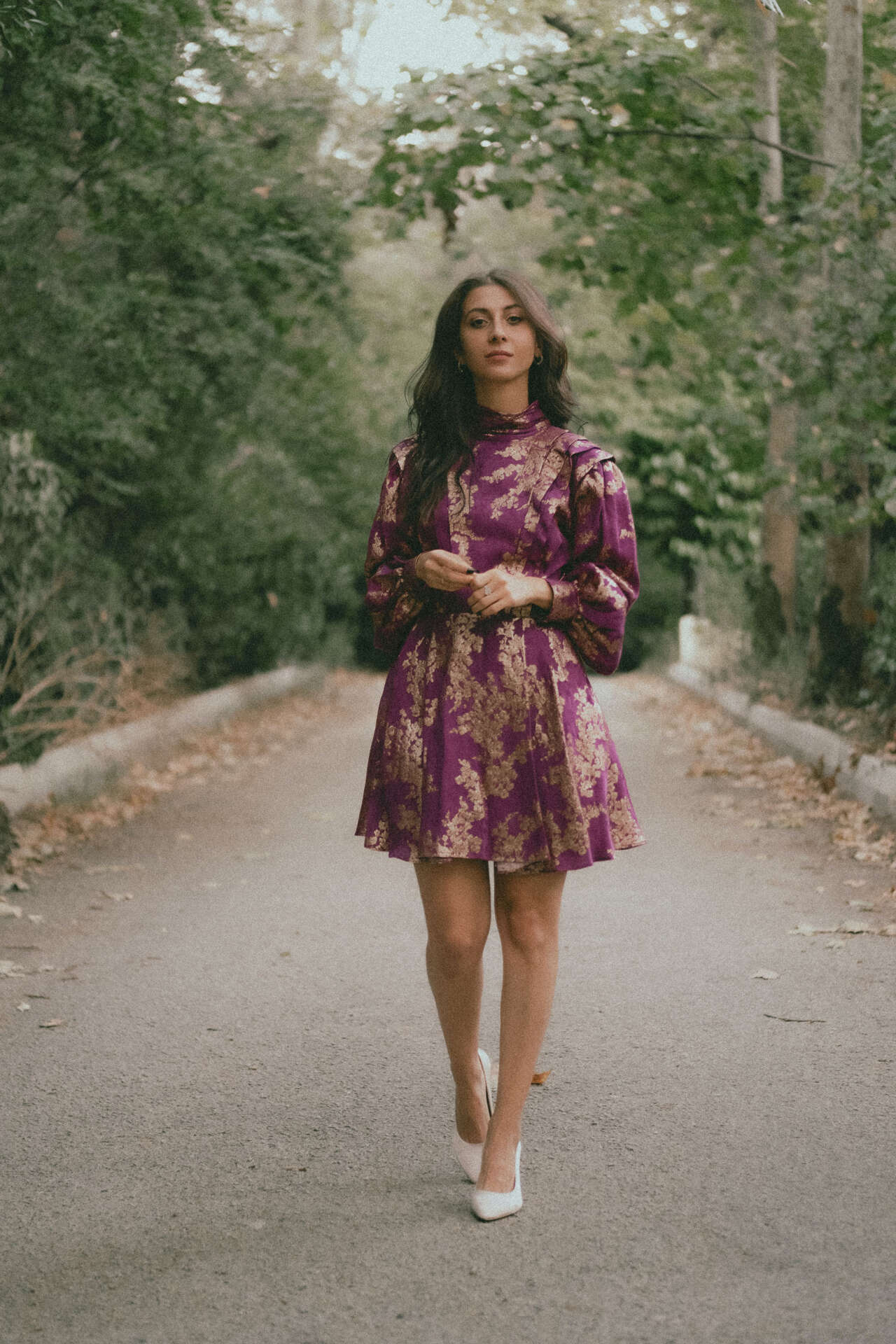
Conclusion: An Endless Tapestry of Filipino Dress Modern to Traditional Elegance
The diverse types of Filipinianas, each with its unique characteristics and cultural influences, weave together a tapestry of Filipino elegance and heritage. From the iconic terno’s butterfly sleeves to the colorful Kimona and Patadyong of Visayas, and the modern fusion of the Mestiza Dress, every Filipiniana tells a story of history, artistry, and pride.
As Filipinos embrace their cultural identity through these exquisite ensembles, the Filipiniana continues to evolve, reflecting the nation’s ever-changing landscape while preserving the essence of its vibrant past. Whether worn for formal occasions, traditional celebrations, or everyday fashion, the Filipiniana stands as a testament to the enduring charm and elegance that define Filipino fashion and the timeless spirit of the Filipino people.
Filipiniana History: Tracing the Evolution
Unveiling the Story of Filipiniana History: Tracing the Evolution of Traditional Clothing
Embark on a captivating journey through the annals of time as we delve deep into the captivating history of Filipiniana, a traditional attire that has etched its legacy in the tapestry of Filipino culture.
A Glimpse into Filipiniana History
The roots of Filipiniana history extend back to the pre-colonial era, where ingenious early Filipinos expertly crafted garments from indigenous materials like piña, abaca, and jusi. These fabrics were meticulously woven and adorned with hand embroidery, offering a window into the artistry and craftsmanship of our ancestors. These garments, designed to be loose and flowing, perfectly suited to the tropical climate, embodying the seamless blend of functionality and aesthetics.
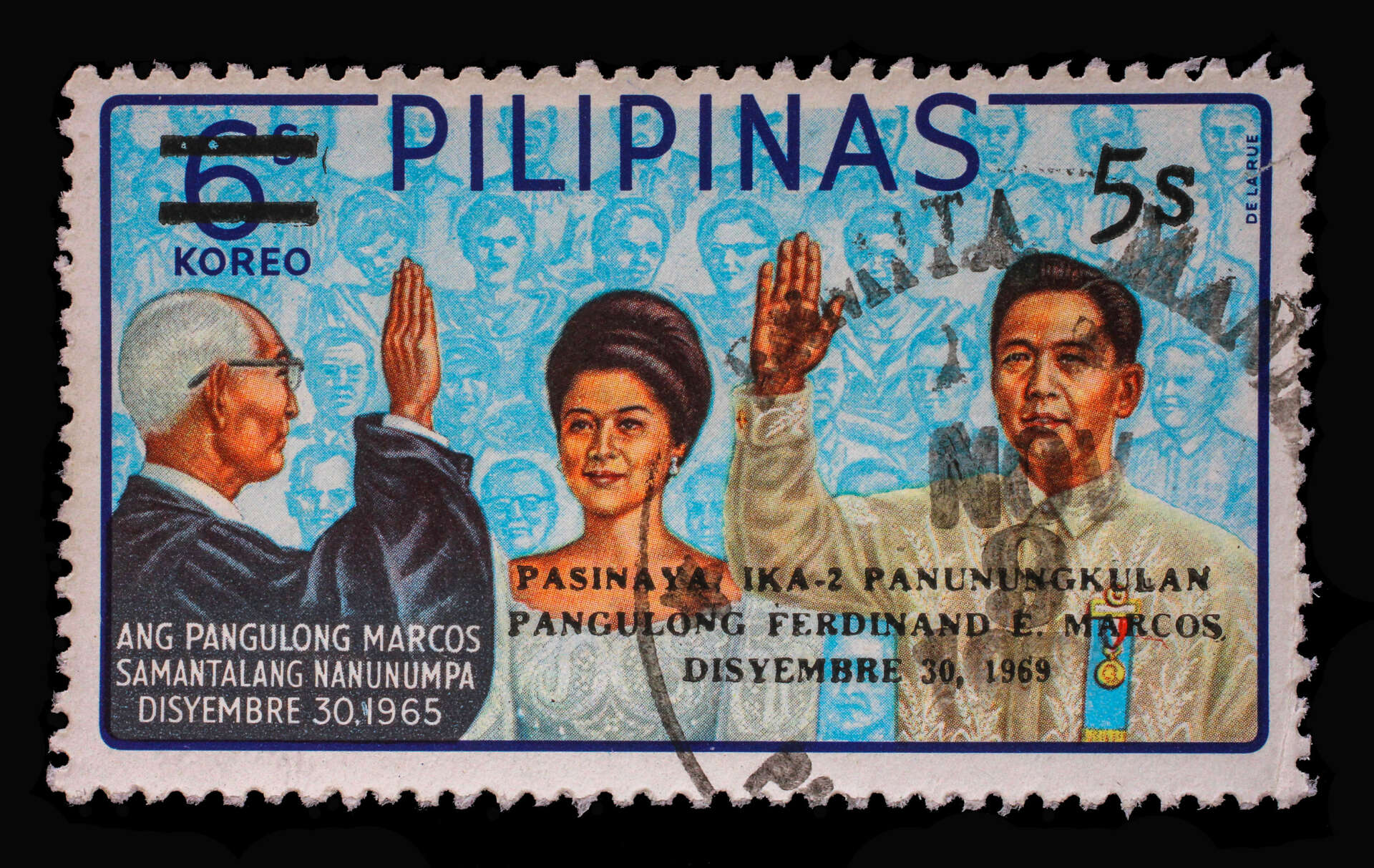
Spanish Influences and Evolving Silhouettes
The arrival of Spanish colonizers during the 16th century marked a pivotal moment in the history of Filipiniana. Traditional clothing took on Spanish elements, giving birth to the iconic terno—a distinct ensemble famed for its butterfly sleeves. Initially known as the “Maria Clara” dress, this design emerged as an embodiment of grace and femininity. As time unfolded, the terno underwent metamorphosis, embracing changes in sleeve shapes, lengths, and fabric selections that mirrored the shifting preferences and influences of the era.
Filipiniana in Colonial Times: An Essential Part of Filipiniana History
Throughout the expanse of the Spanish colonial period, Filipiniana history played an integral role in formal gatherings and festivities. Women adorned themselves in exquisitely embroidered baro’t saya, a combination of a baro (blouse) and a saya (skirt). These elaborate embroideries featured delicate patterns and floral motifs, all meticulously handcrafted by skilled artisans. As women from diverse social strata donned their personalized renditions of the baro’t saya, this ensemble metamorphosed into a symbol of cultural pride and societal identity.
The Golden Age of Terno and Its Place in Filipiniana History
The mid-20th century witnessed the zenith of the terno’s popularity, propelling it to the forefront of the global fashion scene. The influential First Lady, Imelda Marcos, renowned for her refined style, championed the terno as an emblem of elegance. She elegantly showcased its versatility and allure on international platforms, garnering admiration and acclaim worldwide. The terno, adorned with its signature butterfly sleeves, became synonymous with Filipino sophistication and poise.

Revival and Modern Renaissance: Reconnecting with Filipiniana History
In recent decades, Filipiniana history has experienced a resurgence of interest. Filipino designers and artisans have breathed new life into traditional ensembles, fusing contemporary elements with the essence of cultural heritage. The Filipiniana has transcended boundaries, emerging as a favored choice for weddings, special events, and even global runways. Contemporary adaptations, including modern terno tops paired with trousers or skirts, seamlessly integrate this attire into everyday wear.
Sustaining Cultural Heritage
As the journey of Filipiniana history unfolds, it remains a potent expression of Filipino identity and cultural heritage. It stands as a testament to the intricate tapestry of our past, weaving together indigenous origins with influences shaped by centuries of cross-cultural interactions. The Filipiniana signifies more than an appreciation for beauty and fashion; it represents a deep connection to our shared history and a commitment to preserving our legacy for generations to come.
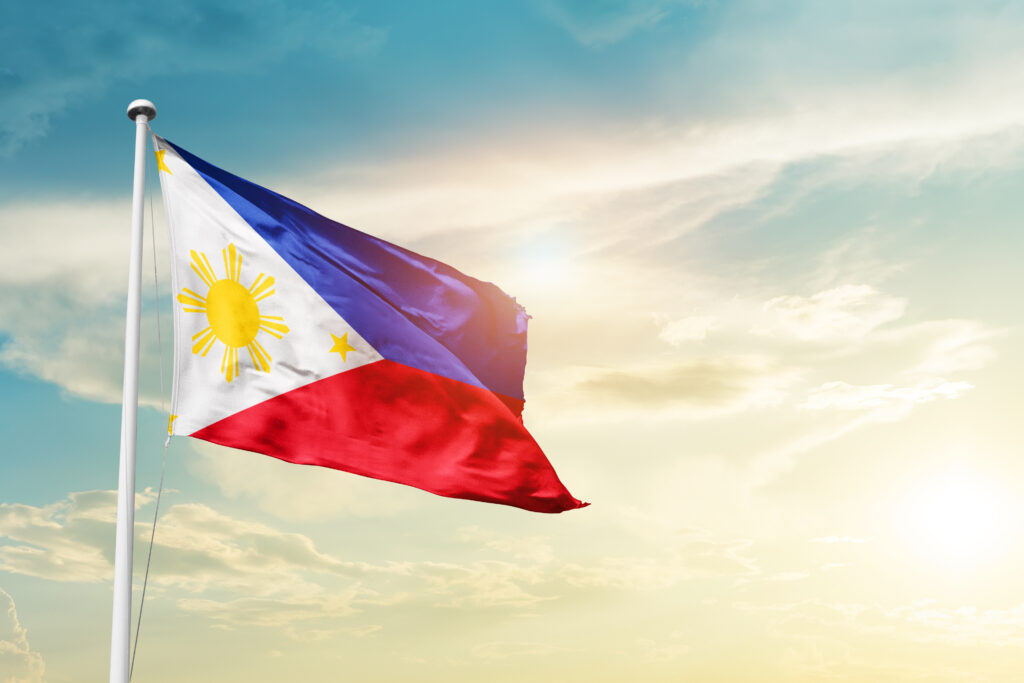
Conclusion: Embracing the Essence of Filipiniana
The Filipiniana transcends being a mere fashion statement; it encapsulates a celebration of our collective identity and heritage. From its humble beginnings in pre-colonial times to its contemporary revival, the Filipiniana continues to capture hearts with its enduring elegance and cultural significance.
As we wholeheartedly embrace these resplendent ensembles, we honor the remarkable craftsmanship and artistry of our forebearers. Embracing the essence of Filipiniana serves as a profound tribute to our history, a tribute to our roots, and an inspiration for a future where the timeless allure of Filipino culture flourishes. Beyond garments, the Filipiniana embodies the indomitable spirit and grace of the Filipino people.

